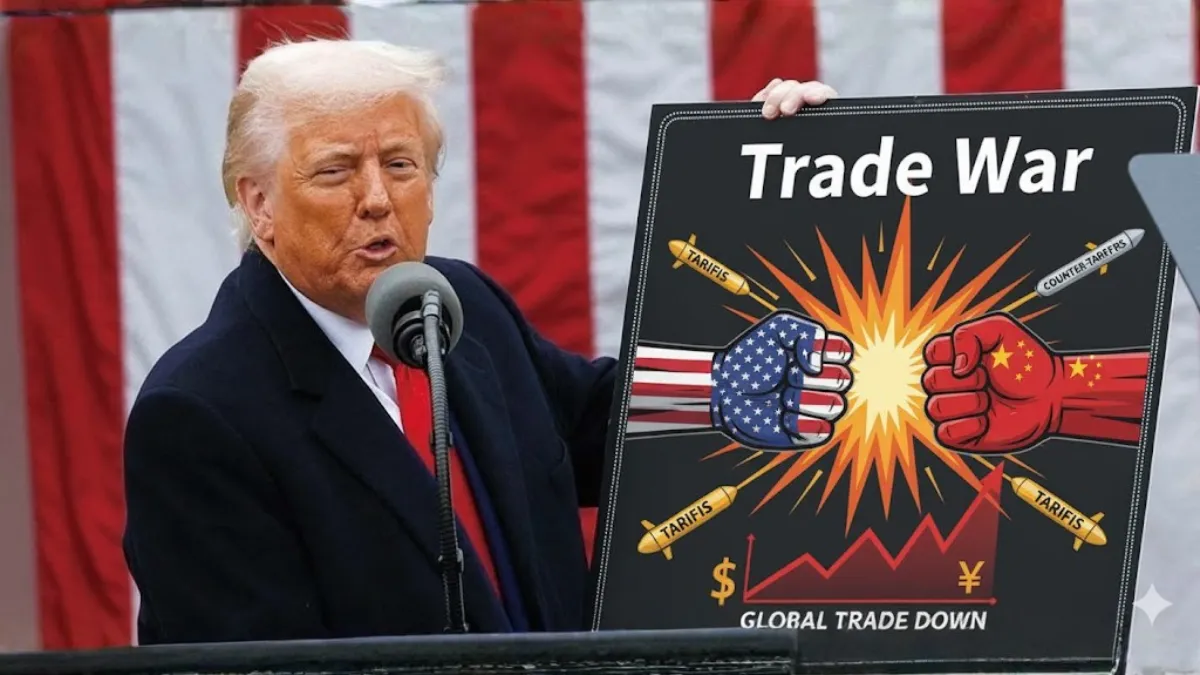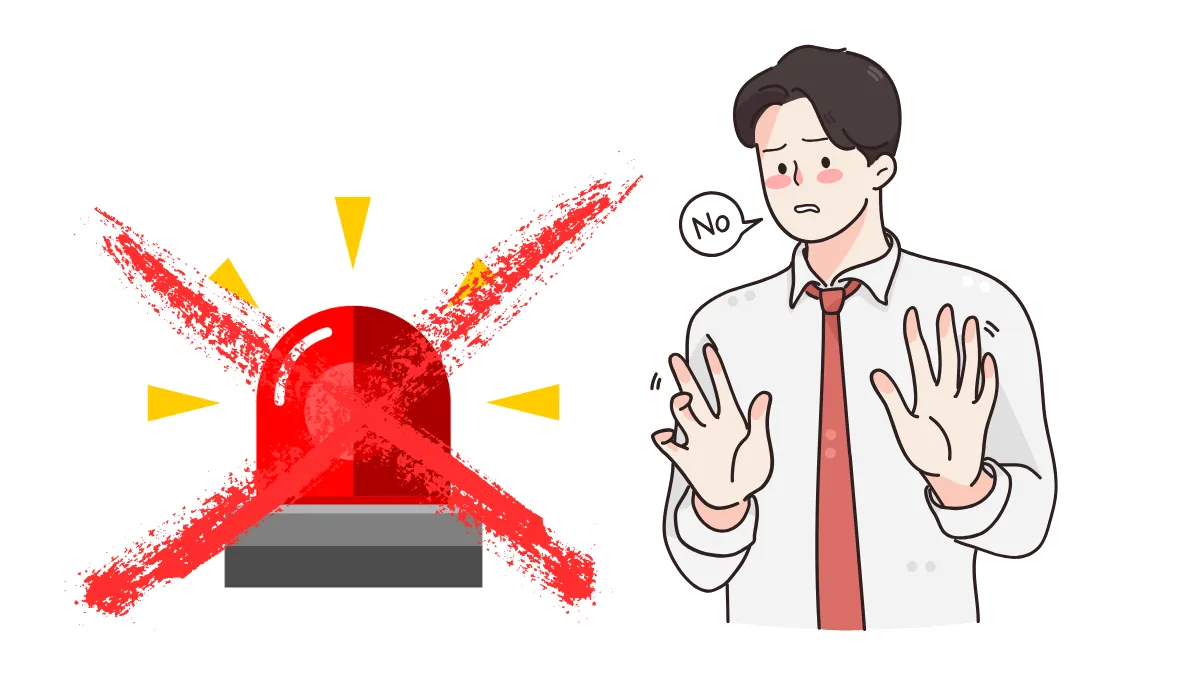Don’t Just Look at Returns! Understand "max drawdown" and "Sharpe Ratio" to Make Your Investment Portfolio More Resilient
In the previous article, we established the core mindset that "risk management takes priority over pursuing returns."Today, we will learn how to transform this concept from a way of thinking into practical analytical skills.
Consider a situation: You have two investment options to choose from.
- Option A: An average annualized return of 15% over the past five years.
- Option B: An average annualized return of 10% over the past five years.
Many people’s first reaction might be to choose Option A with the higher return.
But if we add more information: Option A’s assets once dropped by 50% during market volatility, while Option B’s worst-case drop was only 15%, would your decision change?
This is why we need to understand the truth behind the return figures.
The following two key indicators can help you make a more comprehensive judgment.
Key Indicator One: max drawdown (Max Drawdown, MDD) - Measures Potential Maximum Loss
"max drawdown" is a key metric for measuring investment risk.Its definition is very simple: the maximum percentage drop your investment portfolio experiences from a historical peak to a subsequent trough.
For example: Your investment grows from 1 million to 1.2 million (the historical peak), then the market falls, and your asset value drops to a low of 900,000 before rebounding.
The max drawdown here is the drop from 1.2 million to 900,000, calculated as (1.2 million - 900,000) / 1.2 million = 25%.
This number is very important because:
- It reveals the worst-case scenario: MDD tells you the maximum potential paper loss you might endure if you invest at the worst possible time (the historical peak).
- It reflects harsh mathematical realities:
- Asset losses and recovery are not linear.
- If an asset drops 30%, you need a 43% gain to break even.
- If an asset drops 50%, you need a full 100% gain to return to the original level!
The greater the loss, the harder it is to recover.
An investment strategy that has historically experienced a 50% drawdown, no matter how attractive its long-term returns, may cause significant psychological stress and even force investors to sell at the worst possible time.
In short, max drawdown (MDD) is an important indicator of an investment’s "stability."
The smaller this number, the smoother the process, and the more likely you are to hold long-term and succeed.
Key Indicator Two: Sharpe Ratio - Evaluates Investment Efficiency
If MDD measures the "depth" of risk, the Sharpe Ratio measures the "efficiency" of an investment.It measures how much extra return an investment portfolio generates per unit of risk taken.
We don’t need to delve into complex formulas, just understand its core meaning:
- The higher the Sharpe Ratio, the better the risk-adjusted return of the investment.
- The higher the Sharpe Ratio, the more stable the process likely is, with less volatility for the same return.
For the same 10% annualized return, a portfolio with a high Sharpe Ratio means it likely achieved the goal in a relatively stable manner; a low Sharpe Ratio portfolio may have experienced significant fluctuations to reach the same result.
Conclusion: Become a Smarter Investor
From now on, when evaluating any investment opportunity, don’t be attracted only by flashy returns.You should develop the habit of digging deeper into the data:
- "What is the historical max drawdown of this investment strategy?"
- "How does its Sharpe Ratio perform?"
Once you master these two powerful analytical tools, you will have a more professional perspective to assess risk.
In the next article, we will apply these two tools to analyze one of the most popular investment choices in the market.
Series Preview:
We have learned tools to evaluate risk. Now, let’s use them to examine the widely popular ETF investment strategy and see what new insights emerge.
Hi, We are the Mr.Forex Research Team
Trading requires not just the right mindset, but also useful tools and insights.Here, we focus on Global Broker Reviews, Trading System Setup (MT4 / MT5, EA, VPS), and Forex Trading Basics.
We personally teach you to master the "Operating Manual" of financial markets, building a professional trading environment from scratch.
If you want to move from theory to practice:
- Help share this article to let more traders see the truth.
- Read more articles on Broker Tests and Forex Education.




